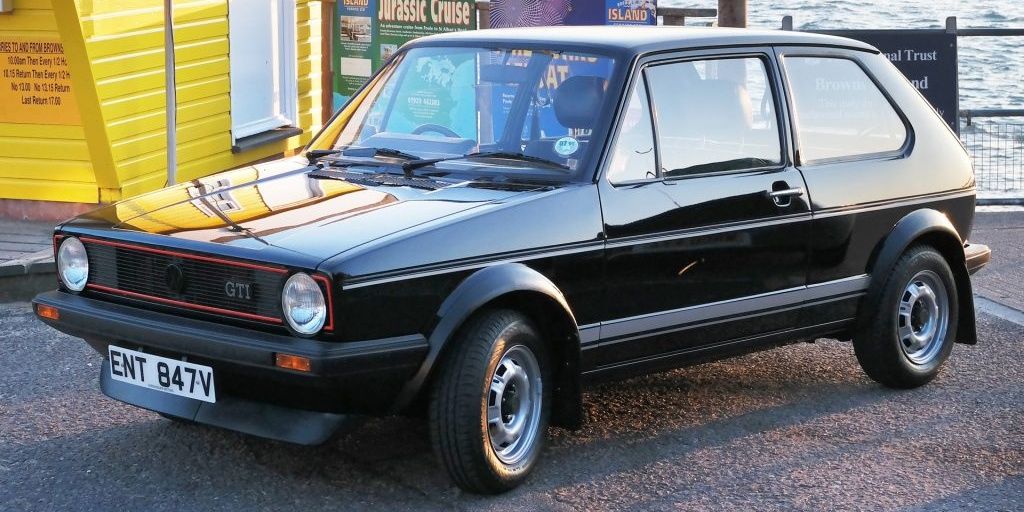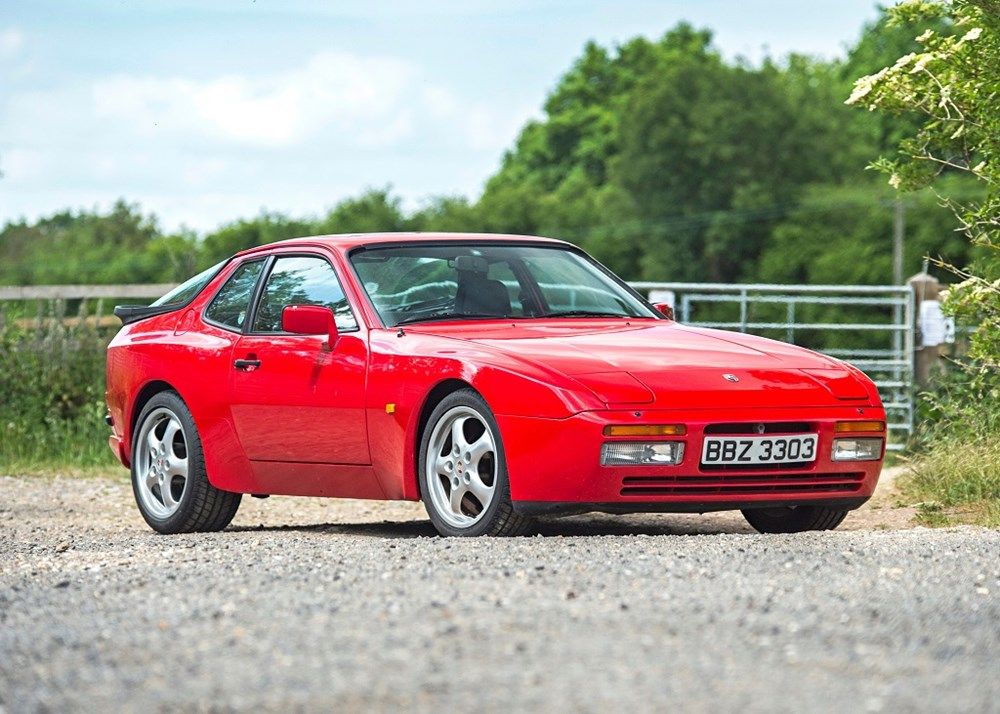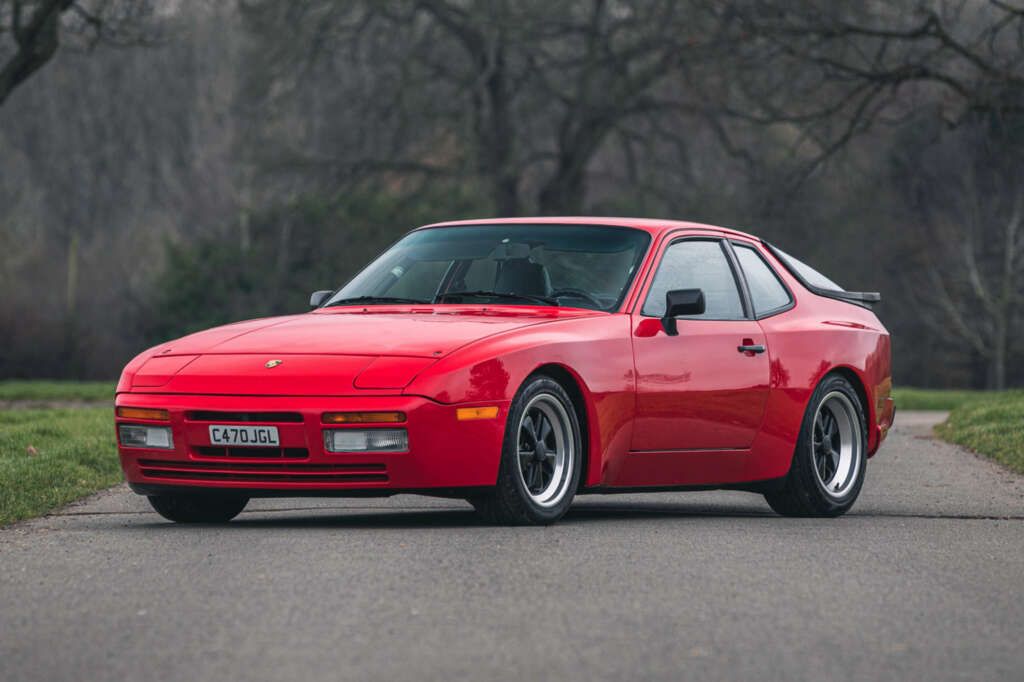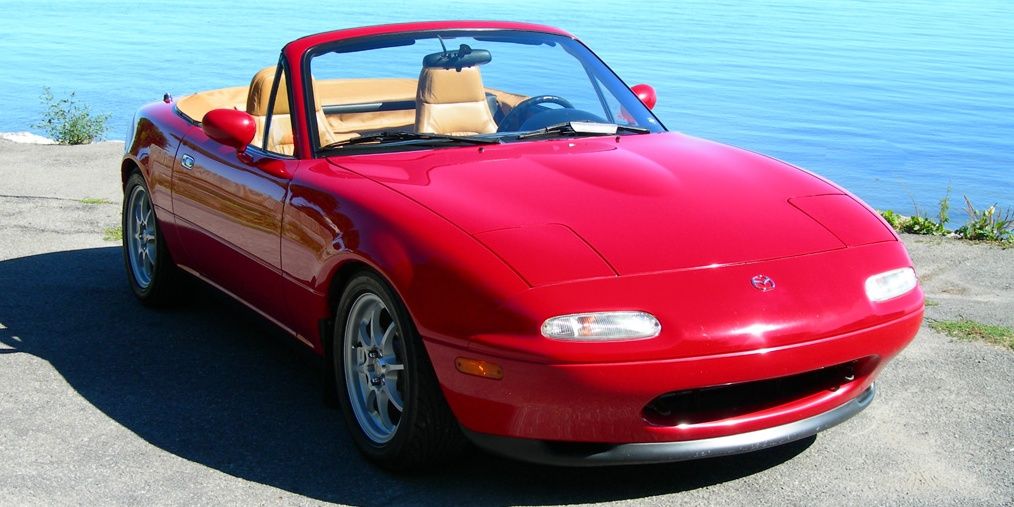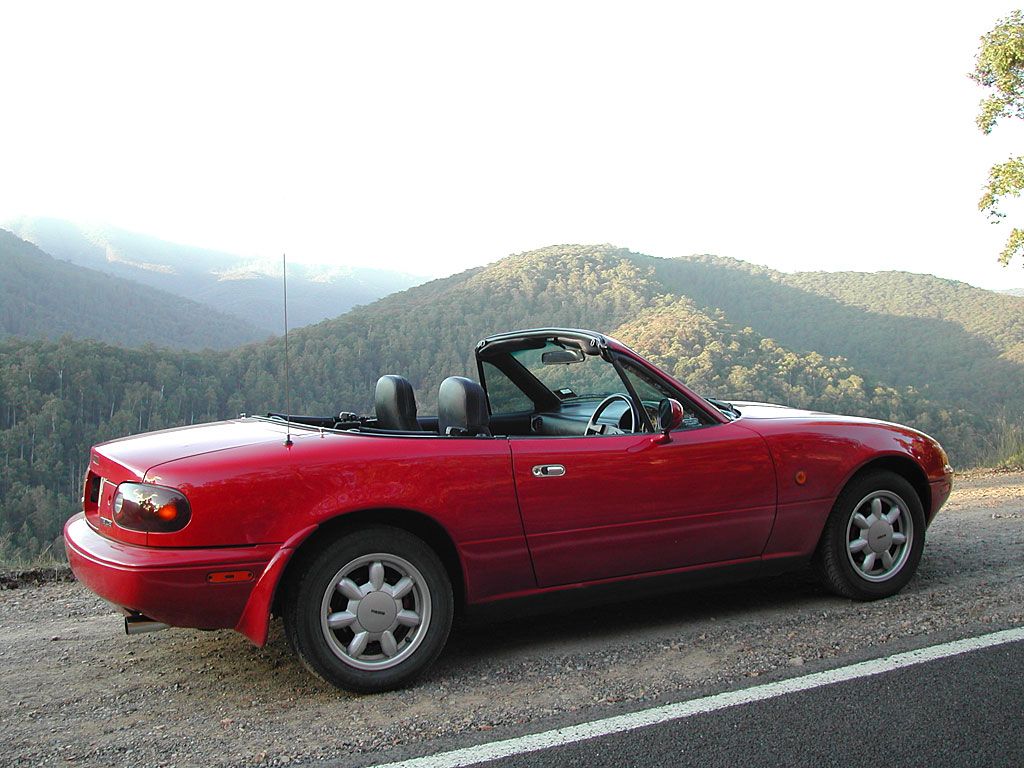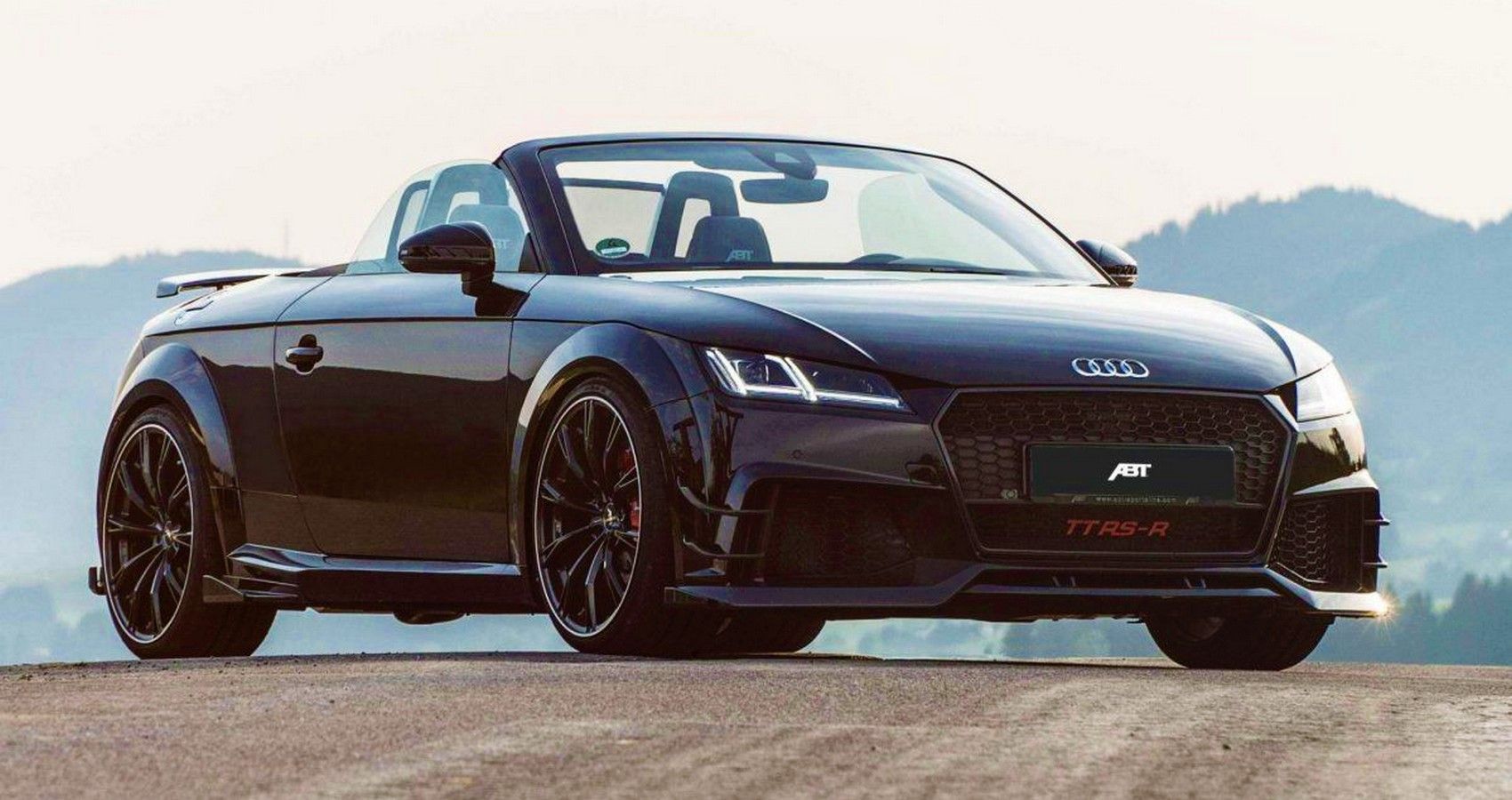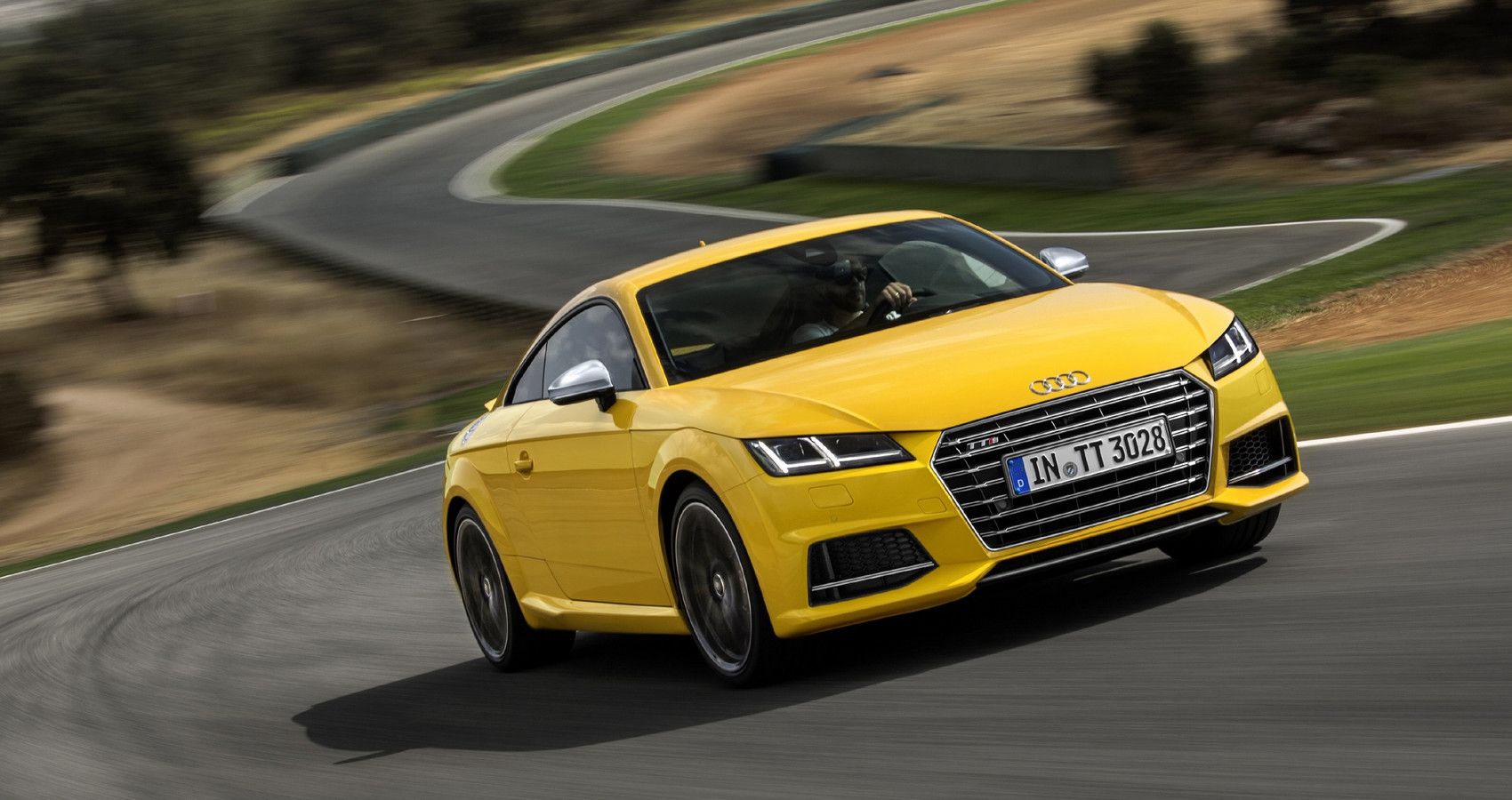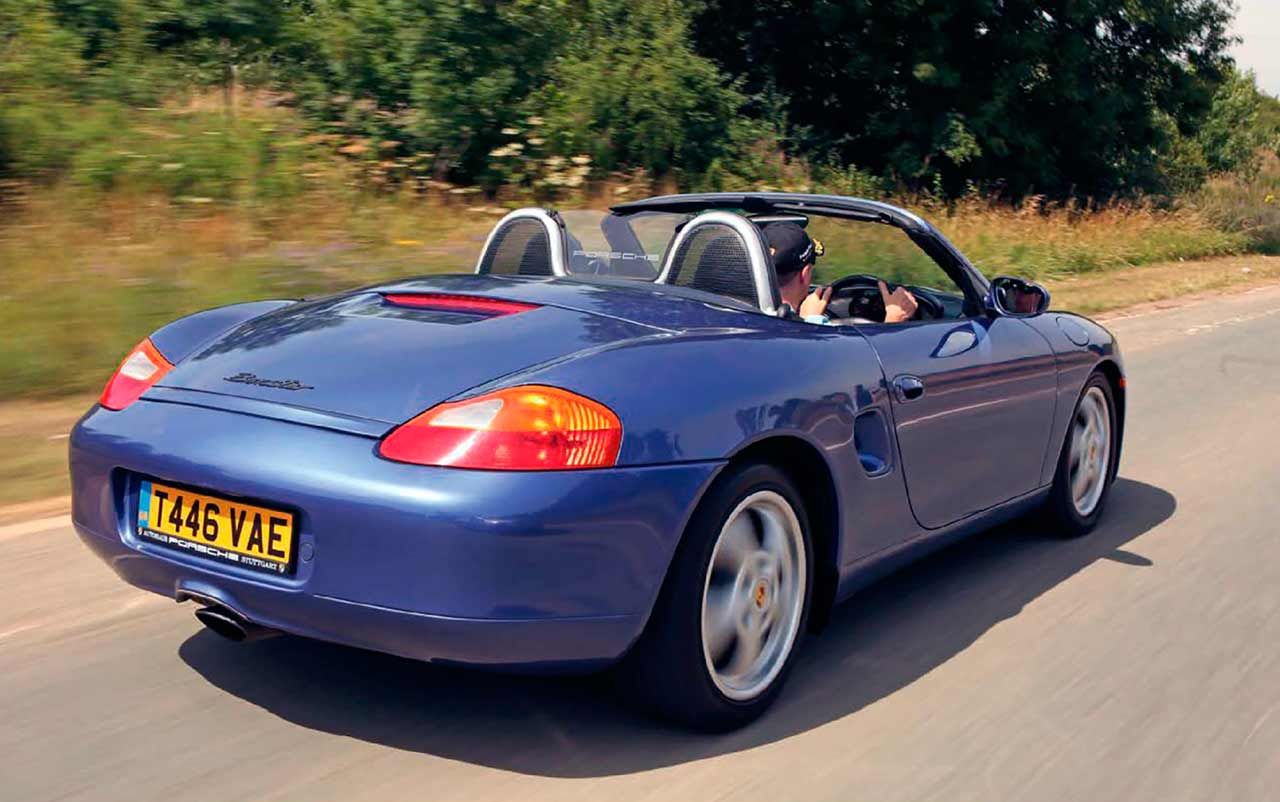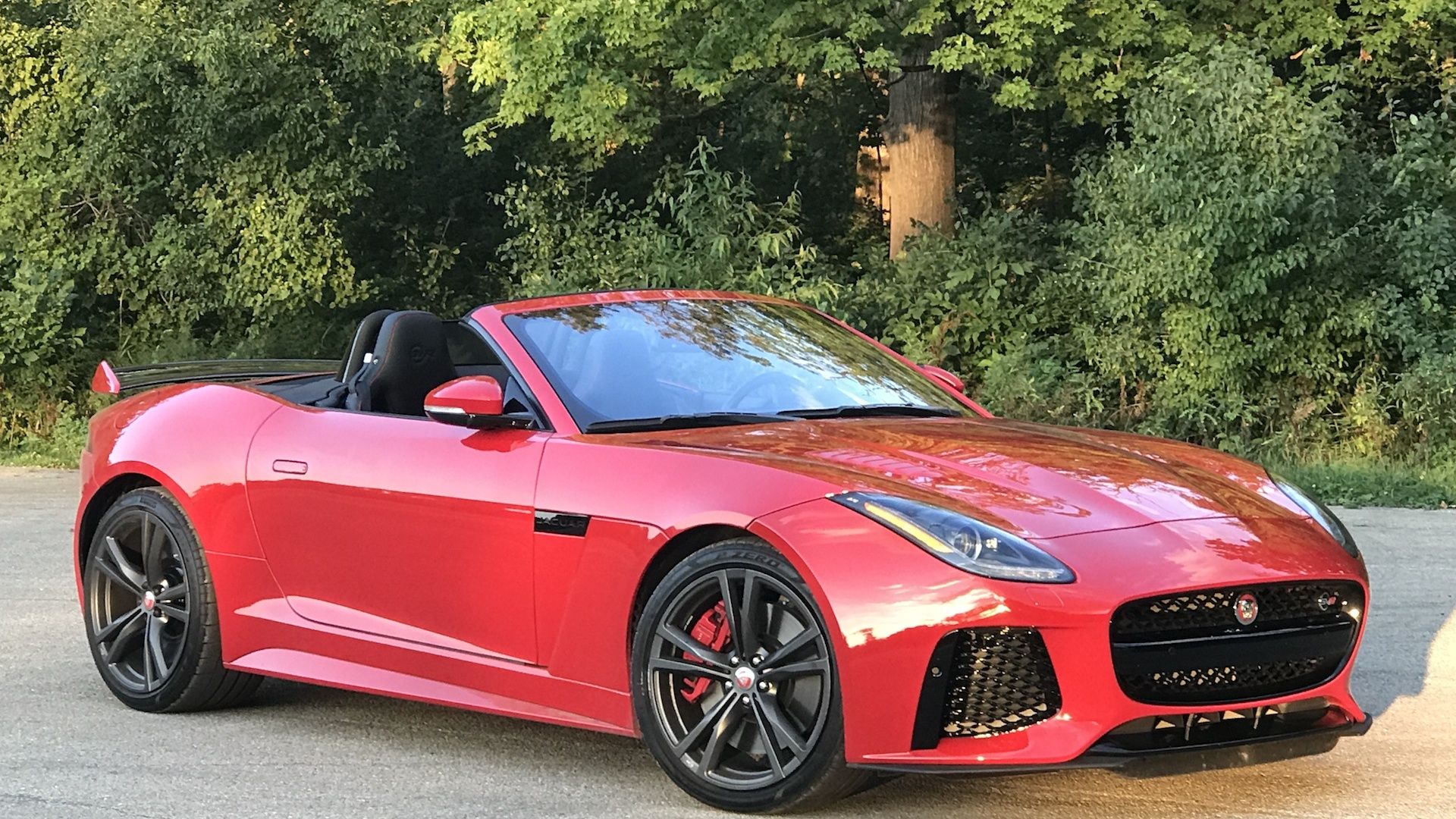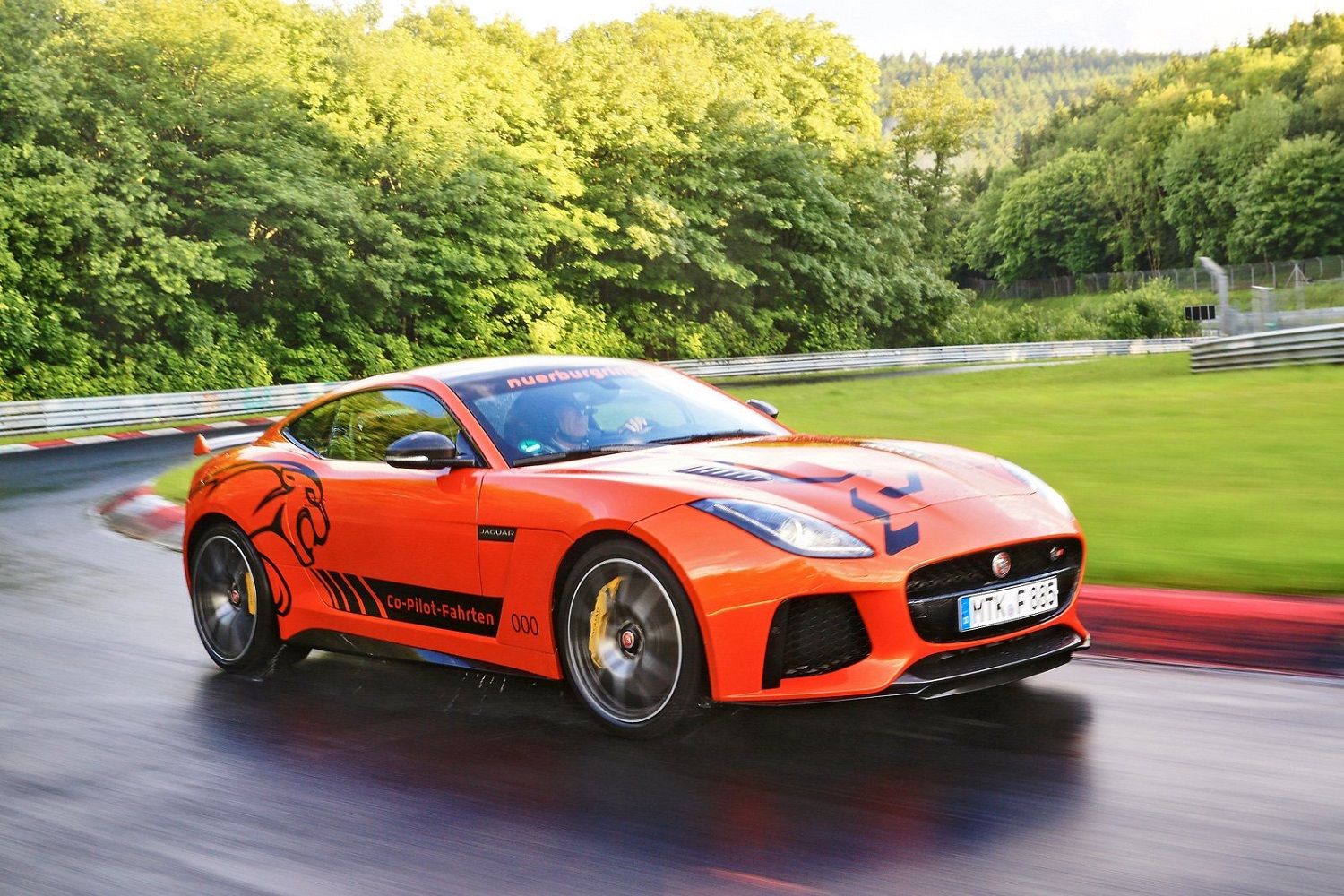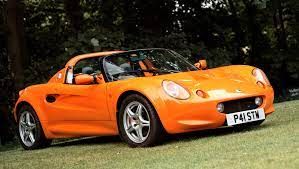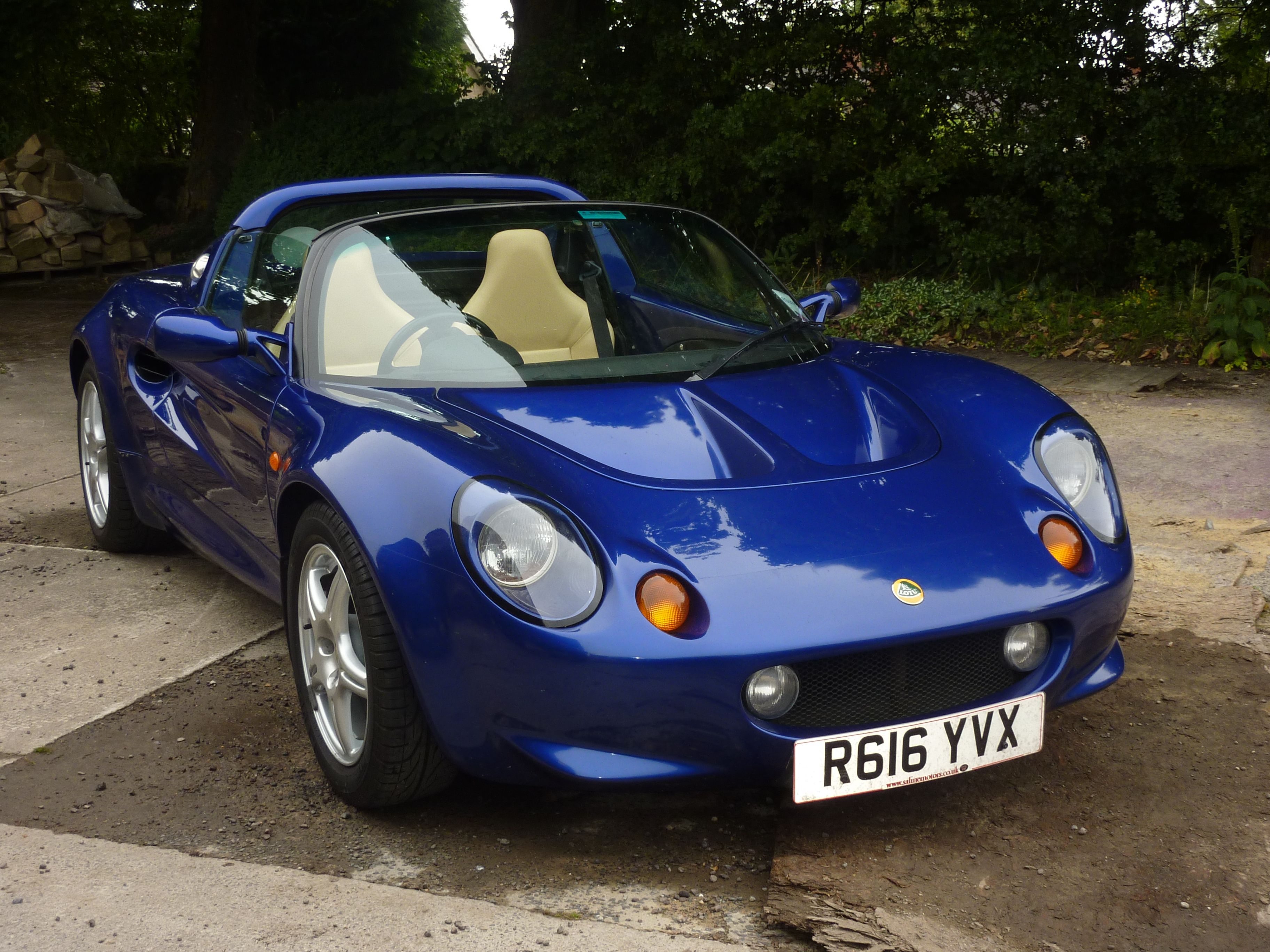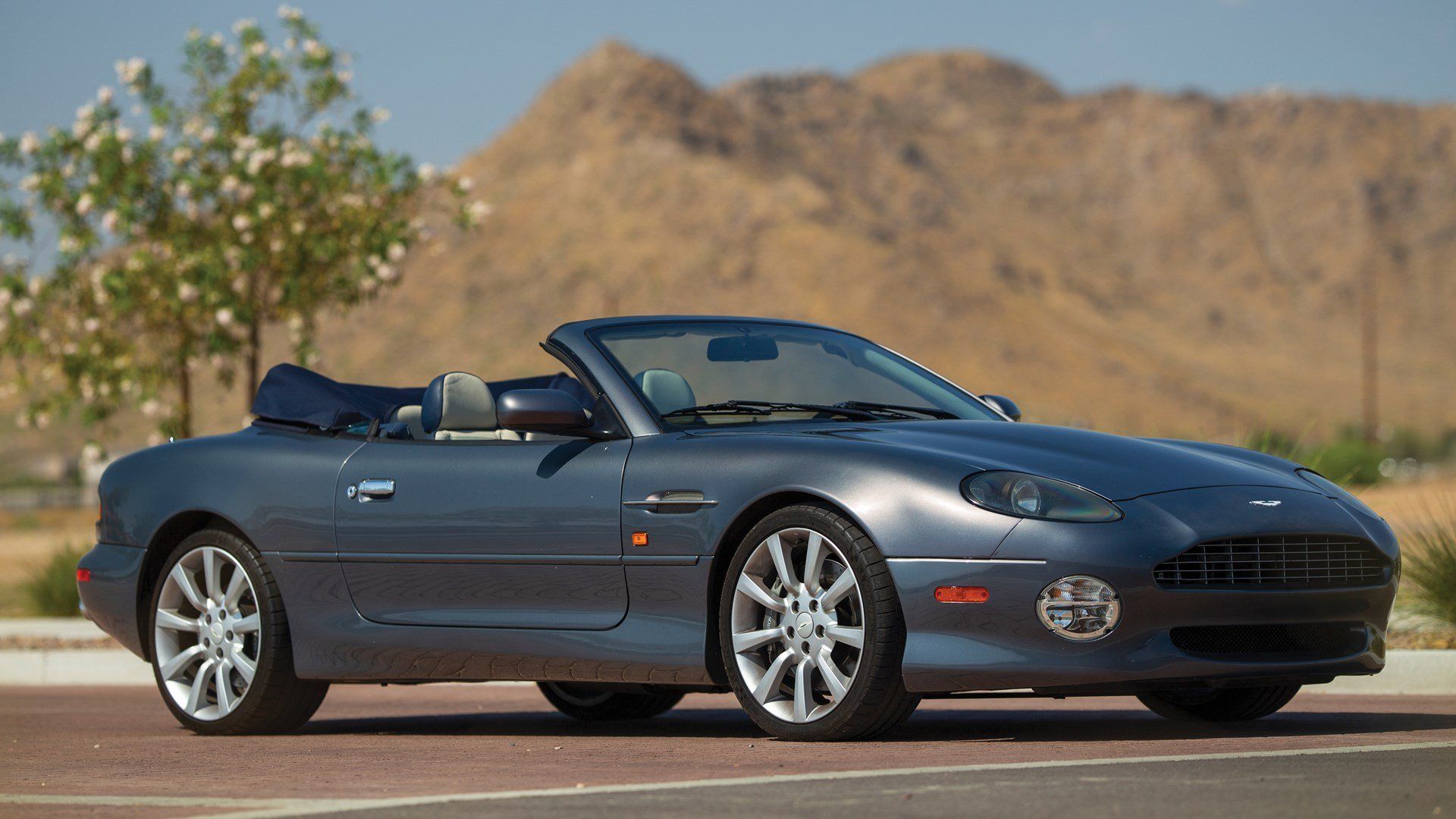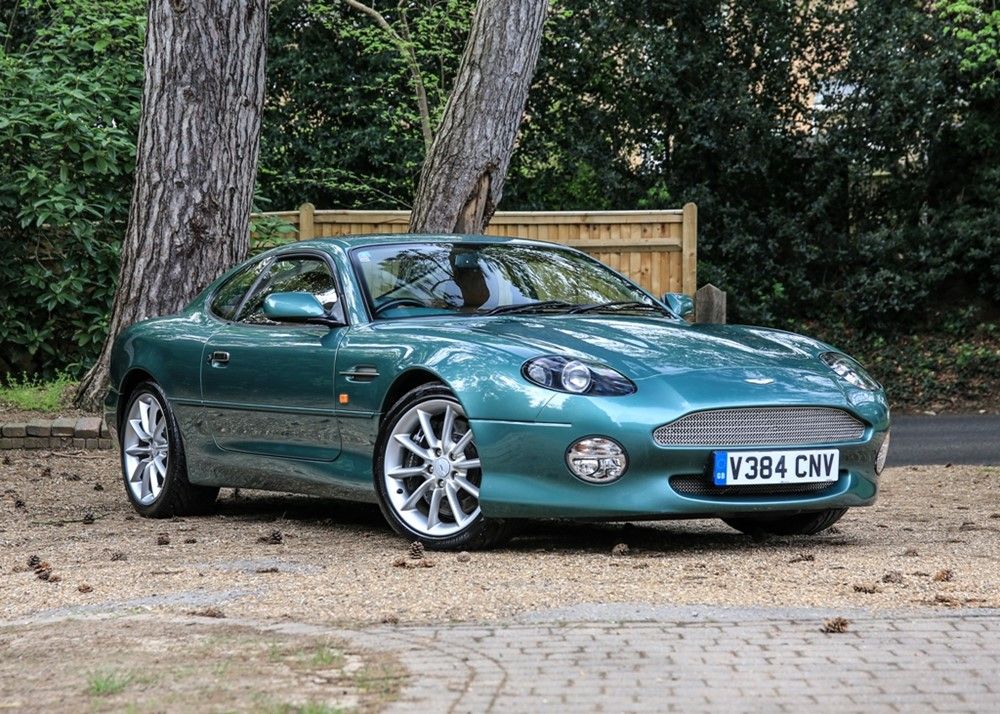Throughout history, there have been sports cars that have been perfect from the get-go, but this is a rare occurrence. In these instances, sports cars simply have the correct formula which makes them fantastic performers, and this includes their build quality and handling qualities among power and aesthetics. For most instances, however, it can take years to get the formula right and there can be many generations before a car can reach its pinnacle.
We have compiled this list to show five sports cars that were perfect from the first generation and contrasted them with models that had massive flaws when they were released but eventually fixed them.
10 Perfect: BMW M3 E30
The first generation of the BMW M3 was released in 1986. Since then, the E30 M3 has become a fan favorite and a car renowned for its sporting abilities in a fairly sensible body. It won multiple motorsports titles, including the 1988 European Touring Car Championship. This was in part thanks to its incredibly refined 2.3-liter four-cylinder engine that produced 200 hp.
From the get-go, it was a perfect sports car. Its upgrades from the standard three series included improved aerodynamics and wider wheel arches, making it look like a proper sports car. Now six generations later, the G80 generation M3/M4 continues to show the original M3 formula still works well.
9 Learned From Its Mistakes: Maserati Ghibli
The Maserati Biturbo was not impressive at all. Coming with a poor engine and a lackluster feel, it was not a win with enthusiasts. However, the second generation released in 1992 was a much better installment in the lineup. Coming with a 2.8-liter Maserati twin-turbocharged V6 engine, the Ghibli finally made the Biturbo body an attractive prospect. It was more successful than the Maserati Biturbo, which flopped.
The Cup model specifically was very successful. Its engine was tuned and produces 316 hp while coming with a variety of sportscar features, including a roll cage and Sparco racing seats. To go from one of the worst sports cars of all time (the Biturbo) to a very competent sports car shows how good the Ghibli was.
8 Perfect: Volkwsagen Golf GTI
The first generation of the Volkswagen Golf GTI was released in 1975. It followed the release of the Volkswagen Golf in 1974 and production was not supposed to exceed 5000 as Volkswagen was using the car to qualify for the Group One Touring Car class. Many modifications were made to the GTI, including black-plastic wheel arch extensions and a larger front spoiler. Increased power meant that the car produced 108 hp and could go 113.1 mph at top speed.
Enthusiasts still love the Golf GTI to this day, and production of the car reached 462,000 units which was a huge increase from the initial amount. Now in its eighth generation, the VW Golf GTI remains the benchmark hot hatch for many and the Mark One is widely considered to be the car that perfected the hot hatch formula that has persisted for nearly 50 years.
7 Learned From Its Mistakes: Porsche 944
The Porsche 944 came after the poorly received 924. The Porsche 924 was always seen as a weak relative despite the transaxle setup and nice handling. The borrowed VW engine damaged its reputation as a true sports car. The 944 was built on the 924 platform, but it did everything so much better. It came with a proper Porsche engine, and there were a variety of different powertrains on offer, including a turbocharged one.
The turbocharged models included a Garrett turbocharger and their power worked brilliantly with the almost 50:50 weight distribution. While the 944 was underrated by enthusiasts, it is now becoming incredibly popular. Still, the 944 was the most successful car for Porsche until the introduction of the Boxster and 997 Carrera.
6 Perfect: Mazda Miata NA
The first generation of the Mazda Miata was released in 1989 and it has since been one of the best-selling sports cars in the world. It was so brilliant because Mazda wished to achieve a small and cheap sports car that was lightweight, and the brand achieved just this. The car is capable of going 135 mph at top speed along with agile handling, making it perfect for any gearhead looking to enjoy the open roads.
It was such a perfect car because of its reliability and light weight. It's hard to find anyone who doesn't love this car. It took the failed British sports car formula and infused it with Japanese reliability, making it an instant hit. The car has stood the test of time and it is still incredibly popular nowadays, showing itself as a worthwhile investment.
5 Learned From Its Mistakes: Audi TT
The first generation of the Audi TT appeared to be the perfect car when the concept was released in 1995. This was so much so that Audi made the car was practically unchanged from the concept when it was launched in 1998. But while the car looked sleek and aerodynamic, it was very unstable at high speeds, which led to crashes and a costly recall.
The car was given a small rear wing which solved the problem, but the original generation will always be remembered for its safety issues. The later generations were not only more stable at high speeds but offered more than sleek styling for a sports car experience. The current TT RS, for example, is a real Porsche Cayman rival—something an older TT could never do.
4 Perfect: Porsche Boxster
The first generation of the Porsche Boxster was released in 1996. It was an immediate success thanks to its mid-engined layout and because of its outstanding handling. In many ways, it was the car that saved Porsche financially, borrowing parts from the 996 911 (like the entire front end) but using the arguably better mid-engined layout. It also came with a significantly lower price tag.
It is very easy to drive and is a perfect simple sports car, allowing for a smooth, predictable drive. The lightweight feel makes it all the more impressive too and it feels incredibly refined. It was a fantastic car and recent interest is likely to drive up prices for early models in the next few years.
3 Learned From Its Mistakes: Jaguar F-Type SVR
The Jaguar F-Type was redesigned in 2016, and it was the 'SVR' model which was the top performer. The car was finally designed with 4WD, which gave it much more control and made it all the easier to drive. It came with a tweaked 5.0-liter supercharged V8 engine that had also been used in the V8 S and R models. The SVR brought 567 hp and could reach a top speed of 200 mph.
Early high-performance F-Types suffered from severe oversteer and wheel spin, which was immediately corrected with the AWD system. The Jaguar F-Type SVR is seen as an all-rounder in terms of performance and abilities. The improvements made to the drive system made it all the better, and enthusiasts very much love the updated F-Type models.
2 Perfect: Lotus Elise
The Lotus Elise is the reflection of what the entire Lotus brand is about. It is lightweight, weighing 1664 lb, which gives it excellent handling. However, it's the handling of the Elise that has attracted many customers to it, and Lotus capitalized off this with the reasonably priced Elise. The car was very affordable when launched as it would have cost around $27,000 when putting this in today's money.
The Lotus Elise was so perfect in the first generation that it has gone on to spawn a 25-year nameplate, and it is simply a future classic because of its history. While it's recently been discontinued, the Elise remains one of the best handling sports cars of all time and one of the best Lotus models.
1 Learned From Its Mistakes: Aston Martin DB7 Vantage
The original Aston Martin Vantage was too much of a cruiser to be considered a sports car, but the DB7 badge made it a proper performance machine. The DB7 Vantage came with a 5.9-liter V12 engine that produces 420 hp which when partnered with a manual gearbox could go 186 mph at top speed, or 165 mph at top speed with the automatic gearbox.
The main changes that made it a sports car were the suspension and handling that tightened the car up and made it all the better to drive quickly. There were some aesthetic improvements to the car too, including different wing mirrors and large fog lamps under the headlights. The DB7 Vantage really brought new life to the Vantage nameplate and it was a welcome one at that.

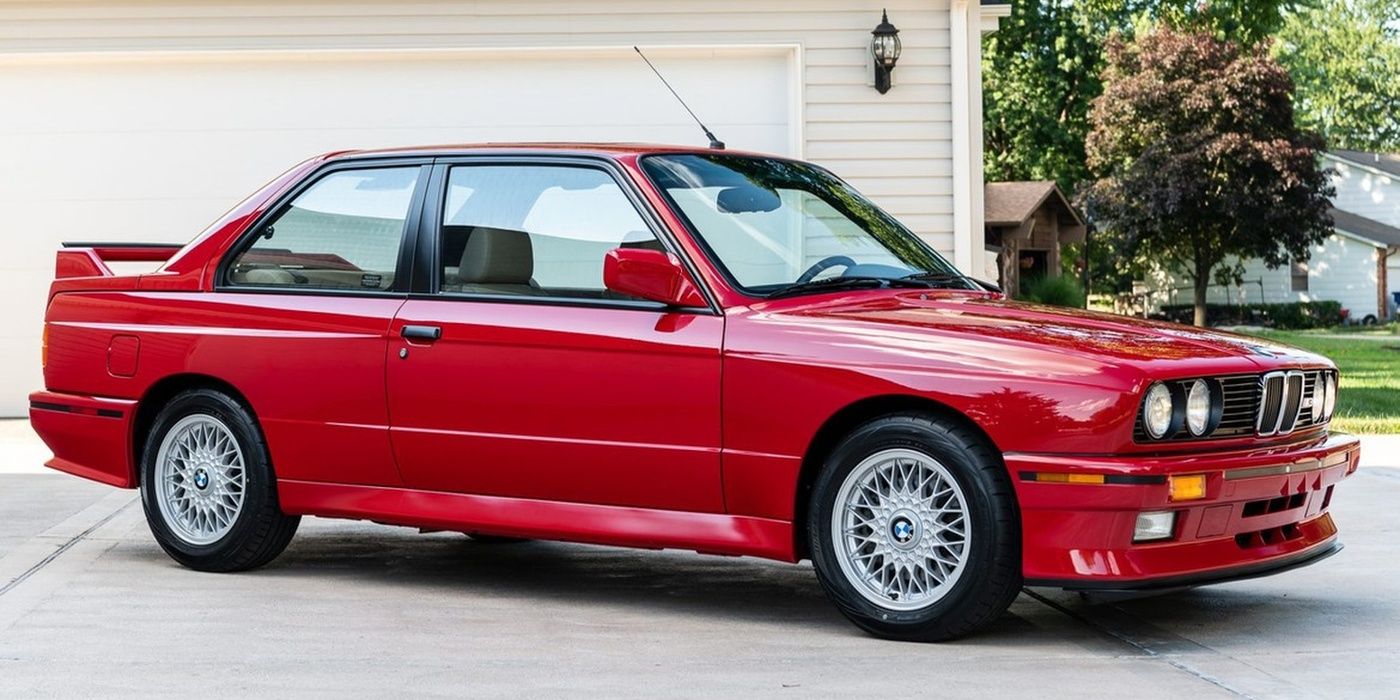
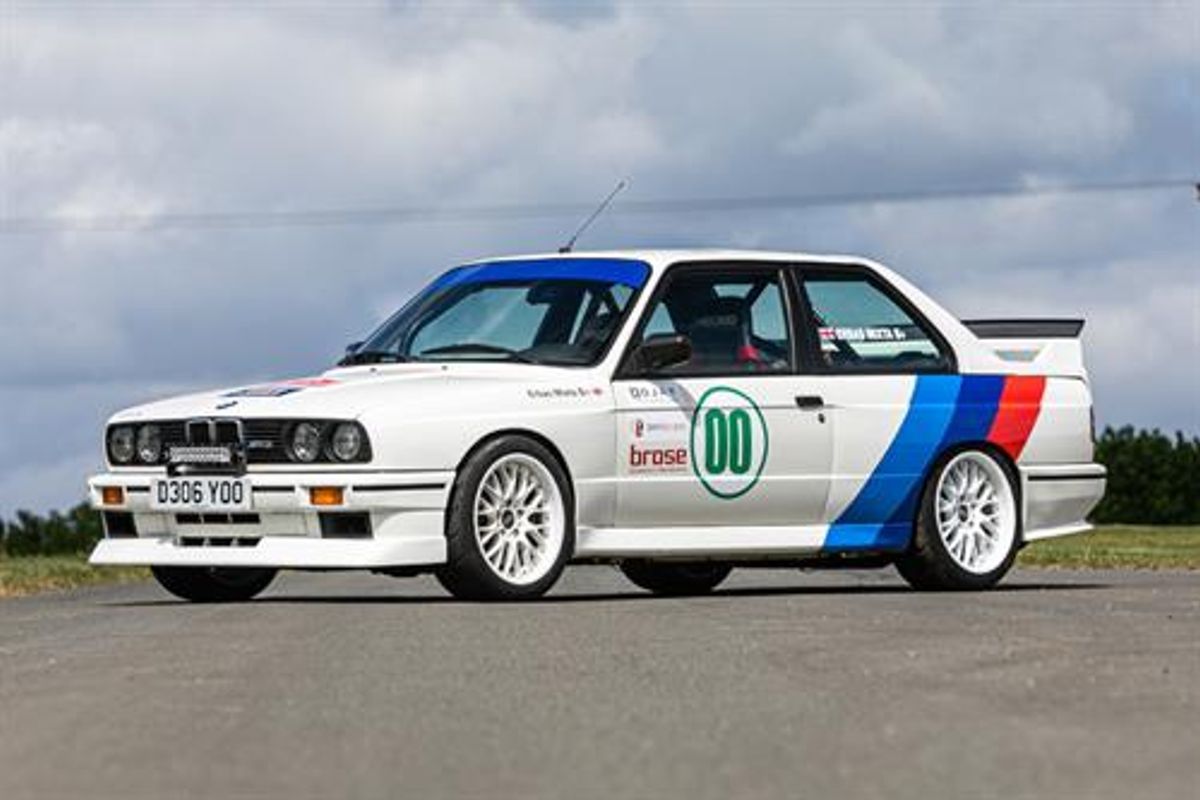
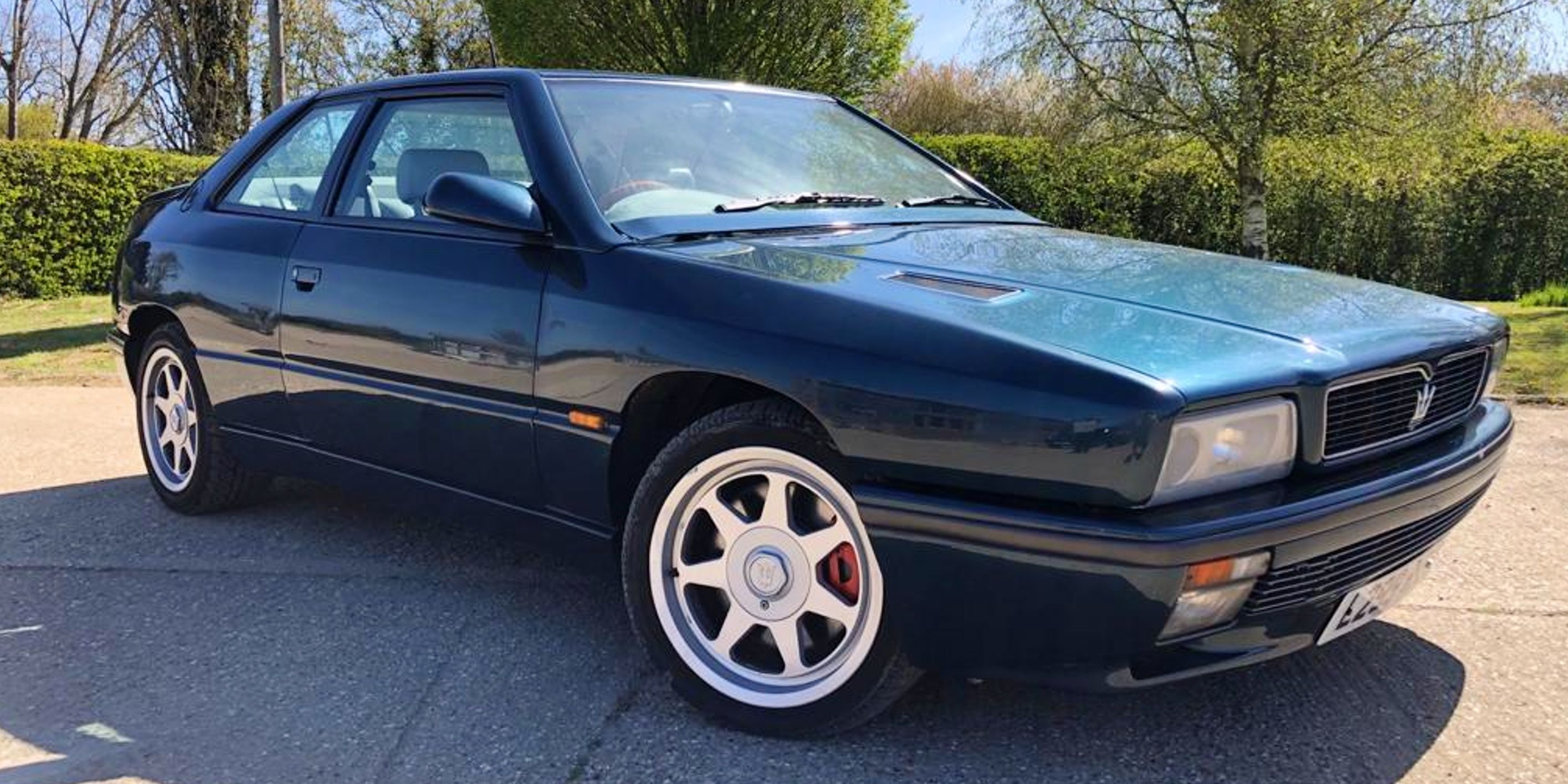
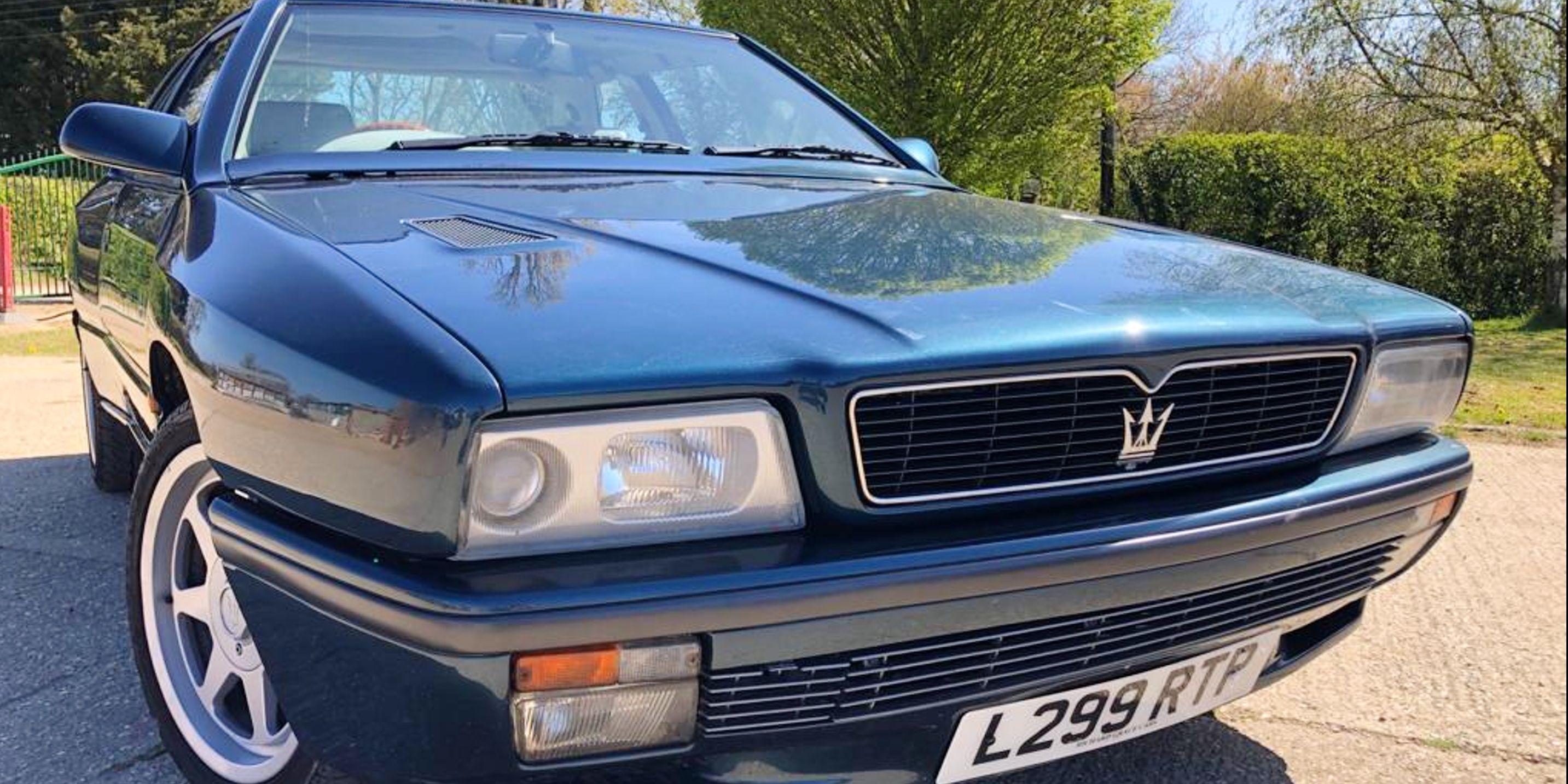
-Via-Classic.jpg)
